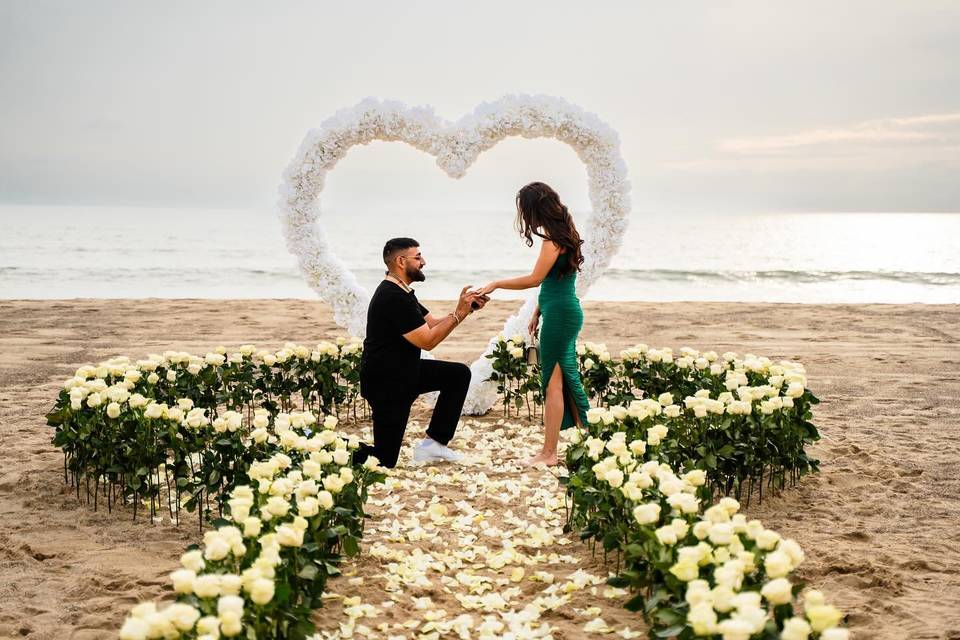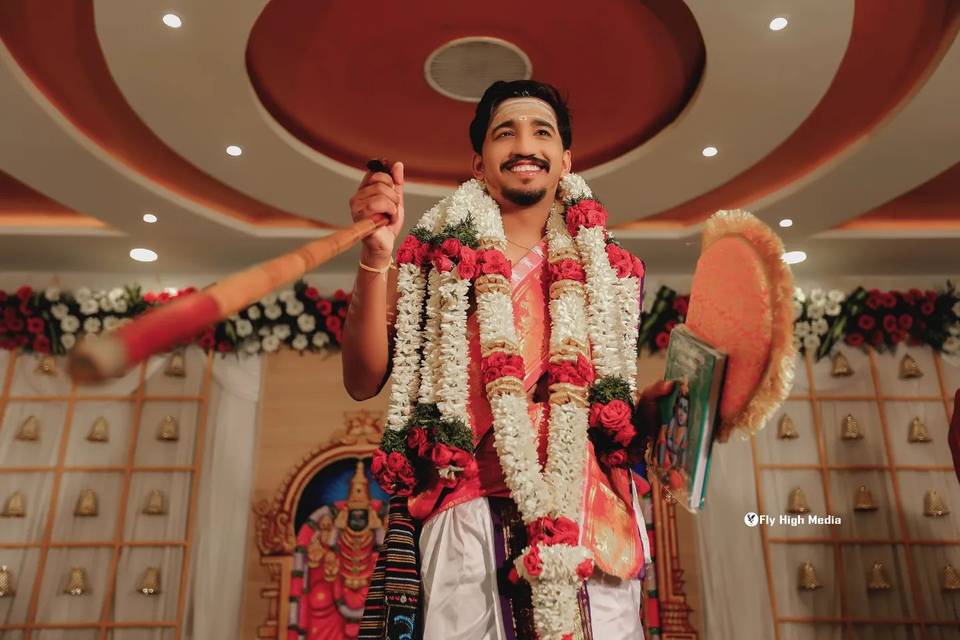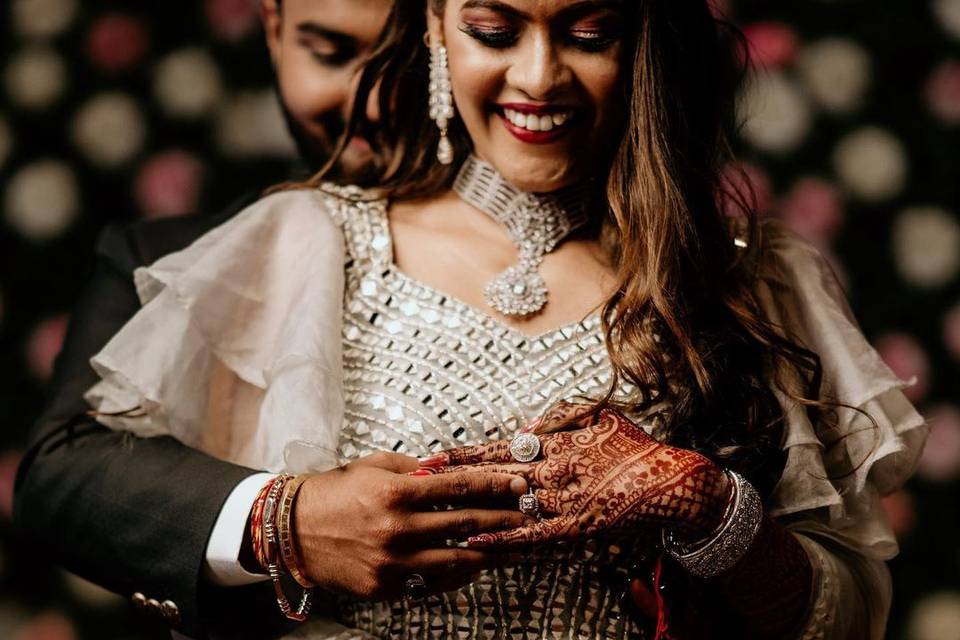All That You Should Know About Kongu Wedding Traditions, Rituals and Ceremonies Before Attending It
Need a unique, traditional wedding experience as an inspiration? This is just that - presenting how the TN-based Kongu community (or Gounders) come together to help one couple tie the knot in the Kongu wedding ceremony.

Weddings are the grandest of the celebrations and in India which is the land of diversity, different cultures and traditions are prevalent in each of the wedding ceremonies as per different regions. While it can be the biggest party of your life, it also has deeply rooted cultural traditions and ceremonies that you can experience for a lifetime experience. Traditional wedding ceremonies hold their own charms, be it as seen in a Punjabi wedding ceremony, a Marwari wedding ceremony or a Parsi wedding ceremony. And we continue on this trail with our deep-dive into the Tamil Nadu-based Kongu community. We explore how their extravagant, three-day affair holds such a deep, emotional chord. Presenting the magical Kongu wedding ceremony, in all of its minute details.
Kongu wedding rituals and ceremonies
The Kongu community are the Kongu Vellalars or Gounders, who hail from Western Tamil Nadu. They are a community with many professional streams and these streams enable one of their biggest social events - a Kongu wedding.
Confused? Well, here's how this happens. People at a Kongu wedding would not merely be guests or relatives. Their original, traditional occupation could also give them a position in the wedding rituals. The Kongu community (also called the people of the Ganga) is believed to be one of the oldest communities in India and the above-concept is supposed to highlight this statement.
Responsibilities in Kongu wedding rituals
Each of the rites at a Kongu wedding was structured centuries ago and are still performed by a specific person, for a specific reason. Before we delve into the wedding rituals, let's recognise all people who are responsible to tie a couple together here.
1. Arumaikaarar and Arumaikaari

The community elders are chiefly responsible for the actual Kongu wedding rituals. However, only married elders who are deemed the most respectable, with the deepest knowledge of their Kongu history and traditions, can perform the holy rites for the wedding. These elders are given the title of Arumaikaarar and Arumaikaari.
2. Naavidhan
Next, we have the Naavidhan (barber) who invites everyone to the wedding and calls them before all the rituals by singing the 'Mangala Vaazhthu' with the Arumaikaara. He also ceremonially grooms the bridegroom - giving him a haircut and a shave ahead of the wedding.
3. Vannaan

The Vannaan or Washerman is the one actually responsible for creating a stunning Pandal or wedding mandap out of green coconut leaves and dupatta decorations. These are also used to create a carpeted aisle for the couple to walk down towards the Pandal.
4. Vetkovar

Traditionally, potters, the Vetkovars are called in to make special earthen pots for rituals during the wedding.
5. Paraiyars

Men from the Paraiya section of the community provide a background score for the wedding ceremony, with rhythmic beats on large, traditional drums. They ensure that everyone is involved in the mood of the affair.
6. Kammalar

The Kammalar or the carpenter is responsible for making the kitchen essentials that are then given to the bride during Seedhanam Koduthal. Traditional wooden supplies are a small, intricate detail that most Kongu couples remember from their own wedding days. These are created by Kammalar, skilled artisans and include things like a wooden salt box, plate, ladle and even a special spice box with 5 compartments.
7. Pandaaram

Now responsible for the finger-licking delicacies at the multiple wedding feasts, the Pandaaram (caterers) earlier had a bigger role in the ceremony. It's believed that often led or performed the wedding prayers.
8. Maadhaari

Ever thought about how important a cobbler would be for your nuptials? In this case, they are. The Maadhaari crafts a new set of footwear or Chappals for the bride and groom to wear into their new life together. And so, this new footwear is a wedding ritual on their own.
Ceremonies Before A Kongu Wedding
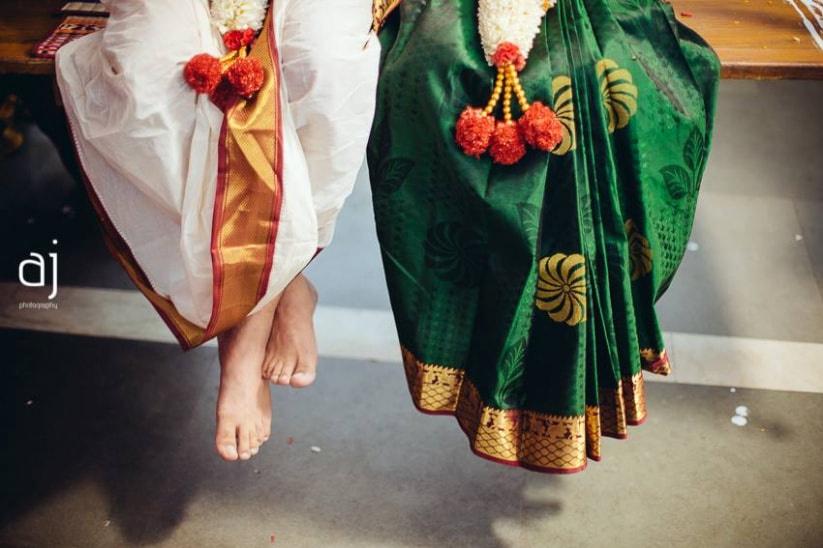
1. Porutham Parthal
Before they confirm the wedding, the first step for all Kongu families is to check whether the boy and girl are a suitable match. This depends on many factors like their horoscope, educational qualifications, the social status of the family, financial background and source of income. The compatibility check is a blend of traditional and practical factors so that the couple and their families do not face problems later. This practice is equivalent to the Kundali matchmaking that happens commonly for the bride and groom to get married. The astrologer studies their birth charts as per their star alignments to decipher if they would be compatible with each other in the journey of life.
2. Sagunam Parthal
After the two families agree on the match, they seek favourable omens before they go ahead with any tasks related to planning the wedding. These good omens can be something as simple as seeing a flower offered to their Kula Deivam shift and mean that the match has been blessed. It is practised to incorporate the blessings of the divine as well as auspiciousness for the new journey of the couple together.
3. Nichyadhaartham
Once they recognise a good omen, the two families proceed to find an auspicious marriage date for the Kongu wedding. The groom’s family visits the bride’s family to fix their wedding date and exchange plates containing fruits, betel nut and areca nuts with them. The bride dons a saree which she receives from her future in-laws and holds the plate in her lap as a sign of respect. Both families mutually decide the date, time and venue for the wedding and the ritual comes to an end with a spread of a simple, yet delectable meal.
The ceremony of Nichyadhaartham can also be considered as an equivalent of Roka ceremony that happens in North-India. Here, the families of the bride and groom bless their union in a small ceremony which also means that they have the official approval from the family for their union.
Kongu Wedding Ceremonies
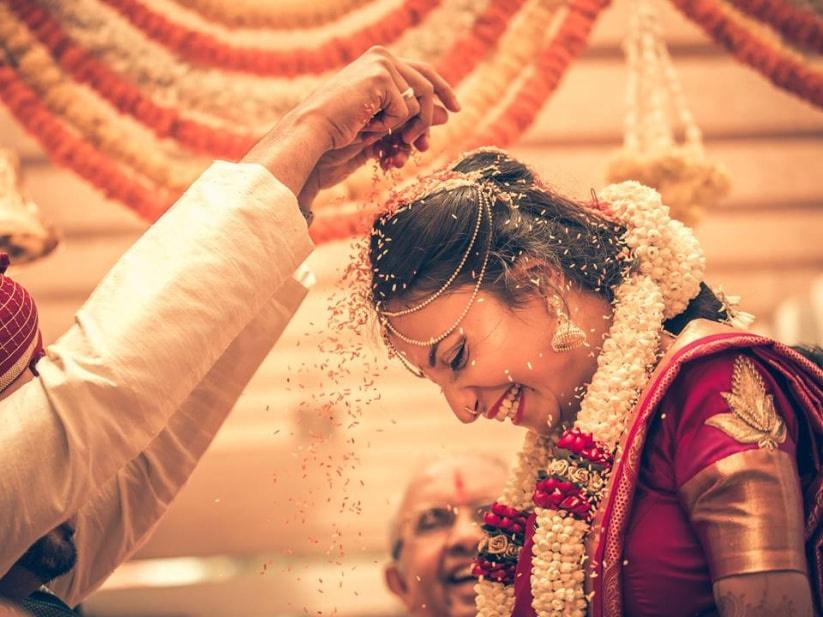
It is customary for all the close relatives and family members of the bride’s side to voluntarily extend a helping hand before and during the wedding. Here is how they work together for the chosen couple.
Day 1: Naal Virudhu
The first day for a Kongu wedding begins with a combined feast. Close relatives from both the families break bread and bond together, in a bid to tie all of them together as one big, happy family.
Day 2: Muhurtha Kaal
On the second day, ahead of the main wedding ceremony, all the relatives help in setting up the Pandal (alongside the Vannaan), chopping firewood and serving meals to all of the invited guests. And the Paraiyars set the pace for the day with fervent beats of their drums.
Day 3: Muhurtham

Finally, it’s the wedding day. Dressed in traditional finery, the bride and groom are led to the pandal and sit down for the core ceremony. They are married after the groom ties a Thali or Mangala Naan around the bride’s neck. The two also have an exchange beautiful Jaimalas to mark the occasion. An integral and significant practice which is observed in all the weddings across India.
Elder women from the community bless the duo with an Aarti and ward them against the evil eye before everyone sits for a grand feast. The mouth-watering treats from the Pandaaram tingle taste buds and end the occasion on a sumptuous note. In the end, a Kongu wedding shows us how it takes a community to bring a couple together in a simple, heartfelt way.
We can all agree on the fact that India is a land rich in culture and heritage, where the diversity is so breathtaking that we can observe the change in language, dialects and beliefs after each state border. While it is a land that explores the eclectic mix of the old and new, this beauty and diversity are seen most vividly during the wedding ceremonies. Some wedding ceremonies are celebrated with grandeur and opulence while others believe in a more simplistic display of traditions. We hope that this detailed article was helpful in learning the beautiful traditions of a Kongu wedding.
Do let us know which of these traditions and ceremonies have you been a part of. Share with us your experiences.



